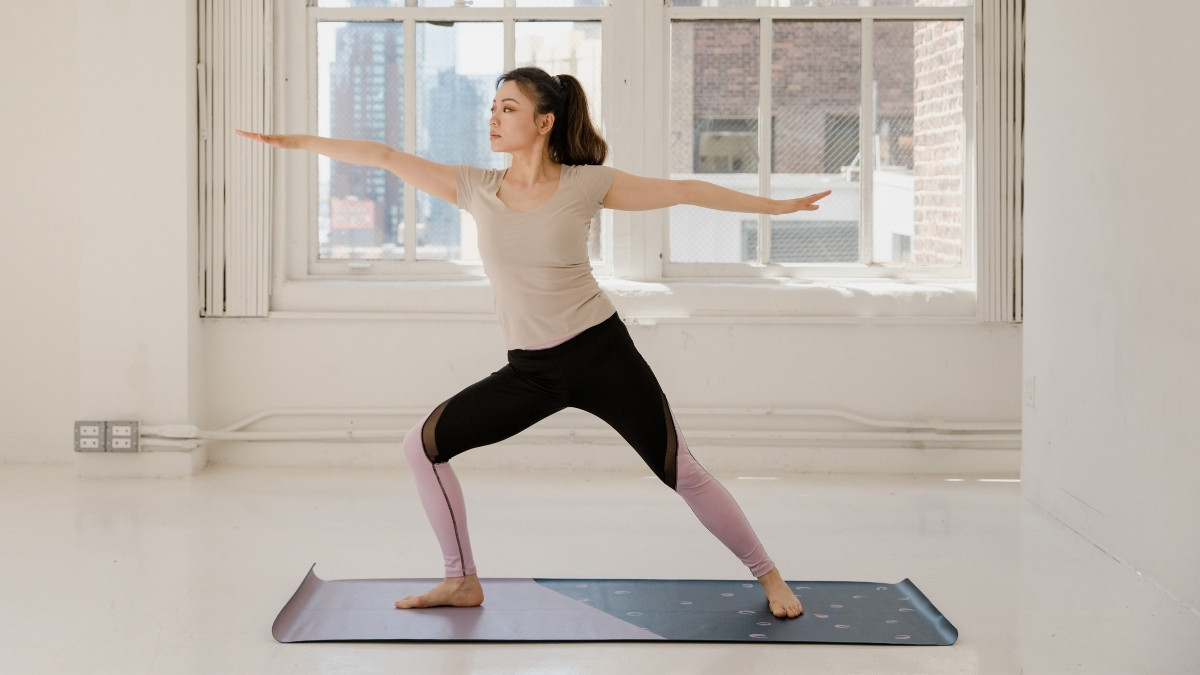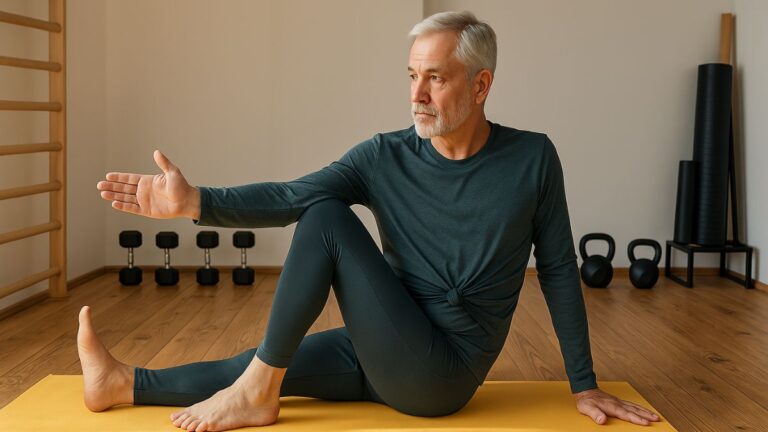These Yoga Poses Made the Biggest Difference to My Stress—Here’s What I’ve Learned in 8 Years
Feeling overwhelmed, tense, or constantly on edge? I’ve been there too. For years, stress ran the show—until I found something that truly helped.
After eight years of practicing vinyasa yoga, I’ve discovered a handful of poses that actually calm my mind and reset my body. These aren’t just stretches—they’re a reset button for the nervous system.
In this post, I’ll share the specific poses that made the biggest difference in how I handle stress daily. If you’re craving more peace in your routine, this is for you.
1. Easy Pose (Sukhasana)
This seated posture is where I begin most of my yoga sessions. Sitting cross-legged with a straight spine and relaxed shoulders helps settle my mind.
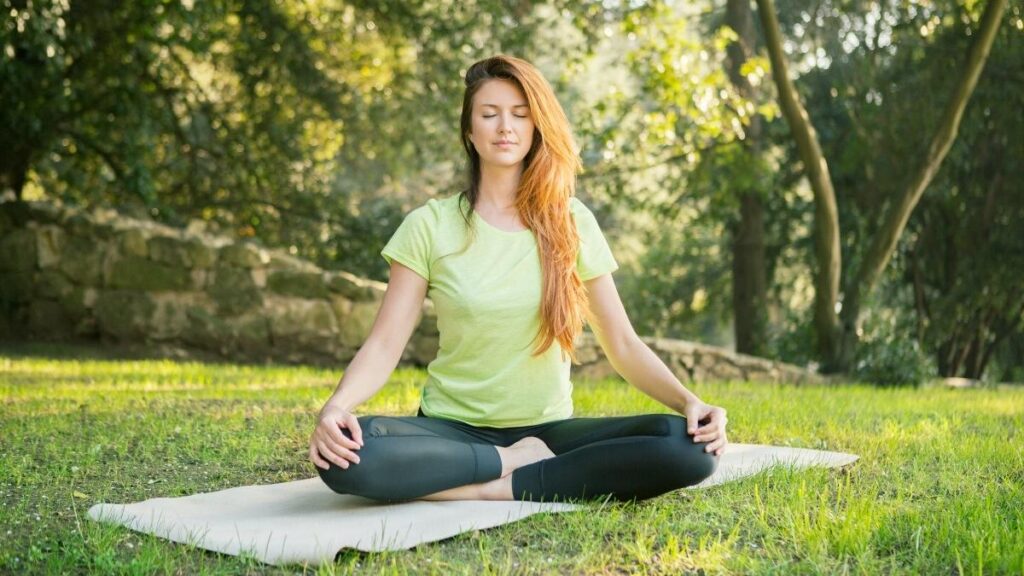
It encourages deep breathing, which in turn grounds the nervous system. When practiced daily, it becomes a space to pause, reflect, and gently center the body and breath.
Over time, this simple pose has become a mental anchor during anxious moments.
Tips:
- Use a folded blanket under your hips for more comfort.
- Keep your knees level with or lower than your hips.
- Close your eyes and focus on your inhale and exhale for at least two minutes.
2. Cat-Cow (Marjaryasana-Bitilasana)
The rhythm of cat-cow helps me release tension held in my spine and belly. I flow slowly between arching and rounding the back, syncing breath with movement.
Each exhale softens my stress, and each inhale brings clarity. It’s become a moving meditation that wakes up my body gently.
On high-stress days, this is my first go-to sequence.
Tips:
- Move with your breath—inhale on cow, exhale on cat.
- Keep the motion fluid and controlled.
- Practice for at least six rounds to feel its calming effect.
3. Child’s Pose (Balasana)
This resting posture is pure relief when life feels heavy. Tucking my forehead to the mat and stretching my arms forward melts away mental fatigue.
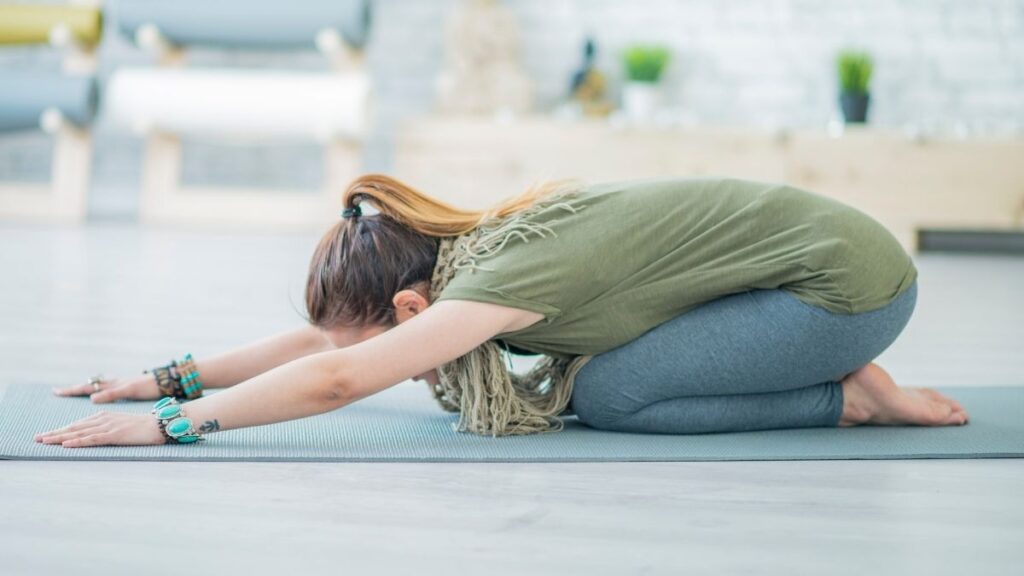
The gentle pressure calms the brain and helps shift out of fight-or-flight mode. I use it often in between intense poses or just before bed.
It’s a quiet space to reconnect with myself.
Tips:
- Spread your knees wide and bring your big toes to touch.
- Support your torso with a bolster if you feel tight.
- Breathe into your lower back and stay as long as you need.
4. Upward Facing Dog (Urdhva Mukha Svanasana)
This energizing backbend helps me shake off emotional stagnation. It opens the chest, lifts the heart, and strengthens the arms.
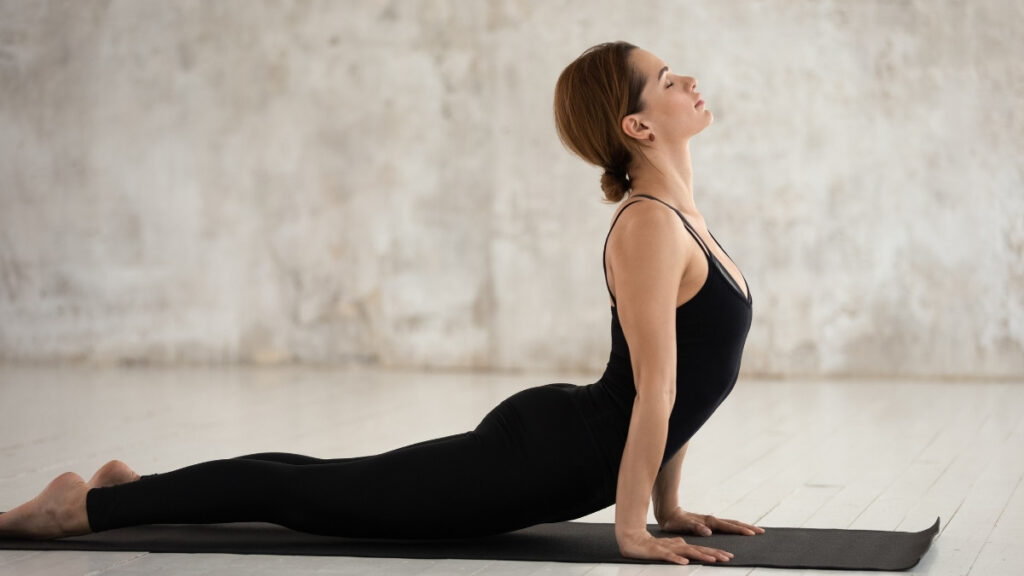
After a long day sitting at a desk, I feel lighter after a few rounds of this pose. It also supports better posture, which has a direct link to mood and confidence.
Tips:
- Keep your thighs lifted and shoulders away from your ears.
- Press firmly into your hands and tops of your feet.
- Avoid collapsing the lower back—engage your core.
5. Warrior II (Virabhadrasana II)
Standing strong in Warrior II teaches me resilience. With arms stretched wide and a steady gaze, I connect with inner strength.
Holding this pose during tough days reminds me I can stay grounded under pressure. It’s also an active release for tension stored in the hips and legs, which hold a lot of emotional weight.
Tips:
- Align your front knee over your ankle.
- Root both feet evenly into the mat.
- Soften your shoulders and breathe steadily.
6. Forward Fold (Uttanasana)
When stress overwhelms me, I fold forward and let gravity do the rest. Hanging loose with a relaxed neck and soft knees helps release tension from the spine and mind.
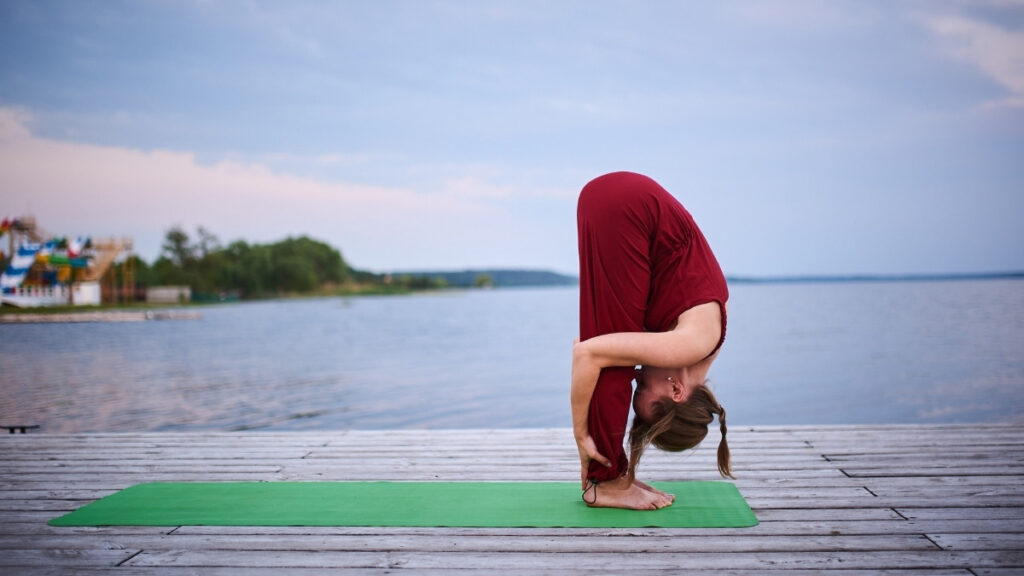
This posture slows everything down, especially racing thoughts. It also stretches the back of the body, where tension hides during anxious moments.
Tips:
- Bend your knees generously to protect your back.
- Let your head hang heavy to release the neck.
- Try gently swaying side to side for a deeper stretch.
7. Tree Pose (Vrksasana)
Balancing in tree pose helps me return to the present. Standing on one foot with the other pressed to my thigh or calf, I find stability through stillness.
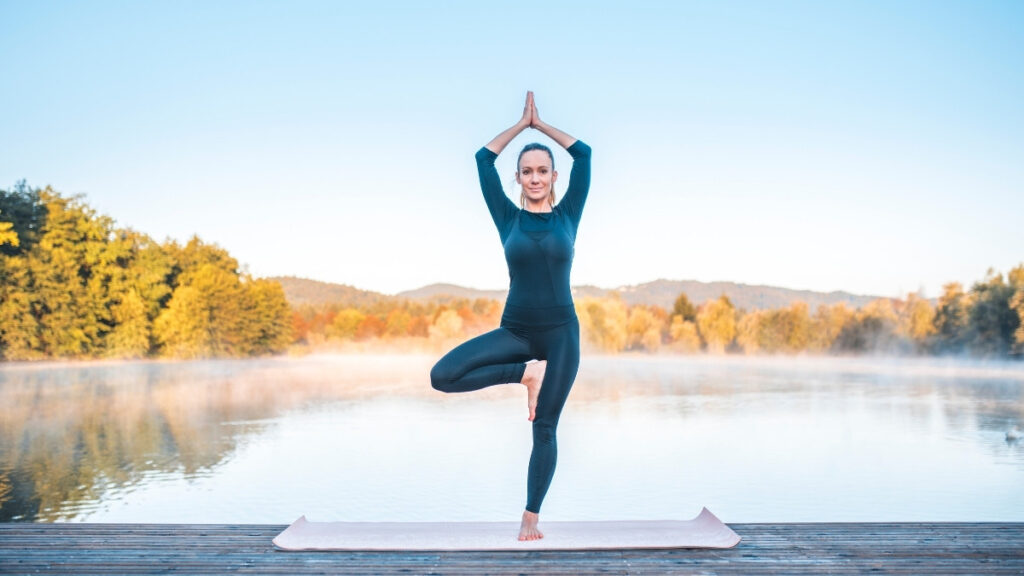
This pose strengthens both body and focus, two things I rely on when stress clouds my clarity. It’s also great for boosting body awareness and calming jittery energy.
Tips:
- Keep your eyes on a steady point in front of you.
- Press your foot into your leg and your leg back into your foot.
- Avoid placing the foot on your knee joint.
8. Supported Headstand (Salamba Sirsasana)
This inversion taught me how to flip my perspective—literally and emotionally. It demands presence, focus, and breath, which leave no room for stress.
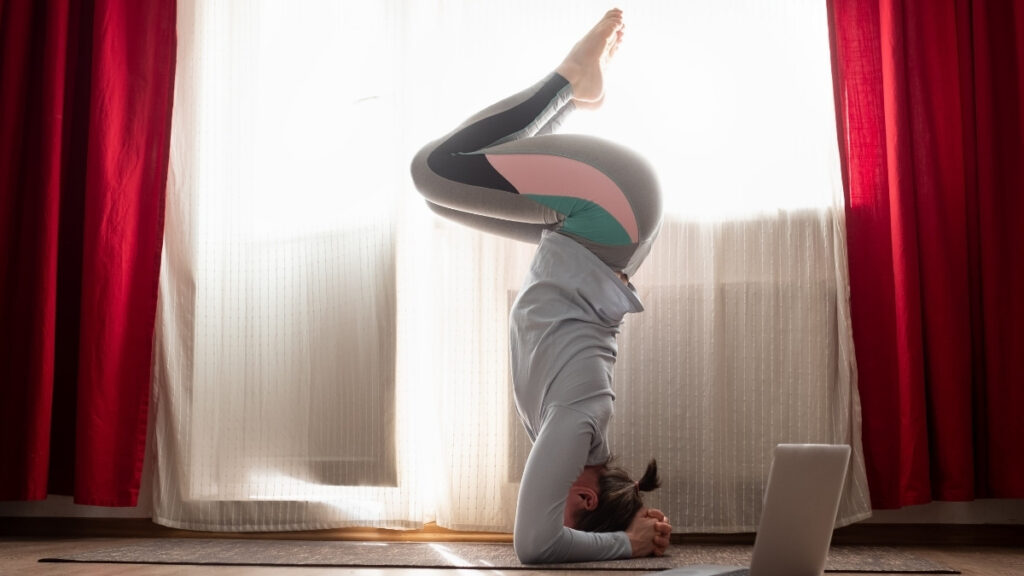
Using a wall or props helps me feel supported while building strength and trust. It also brings fresh blood to the brain, clearing mental fog.
Tips:
- Use a folded blanket under your head and forearms.
- Practice near a wall for extra security.
- Always warm up your shoulders and core before going upside down.
Final Thoughts
After eight years of vinyasa yoga, I’ve learned that stress isn’t something to fight. It’s something to work with—breathe through, move with, and gently ease.
These poses don’t erase life’s pressure, but they give me tools to respond with calm, clarity, and strength.
If you’re feeling overwhelmed, you don’t need a long session. Even five minutes of mindful movement can shift everything.

